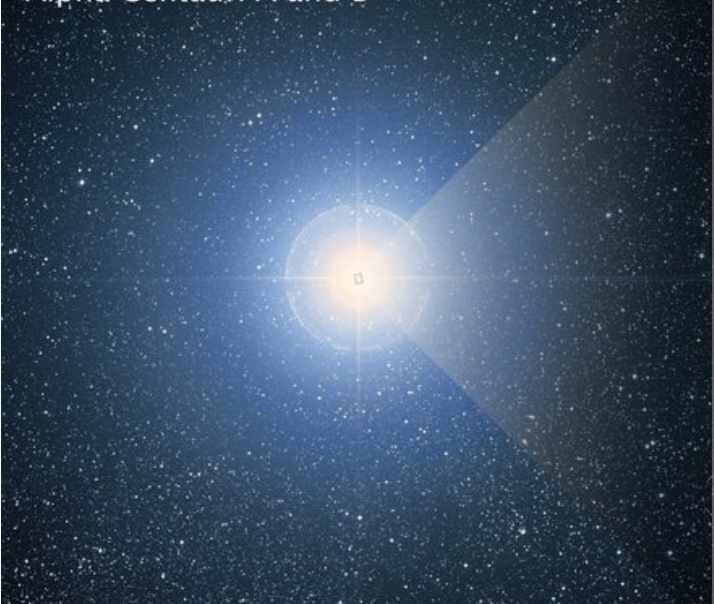
So by the standards of our galaxy and universe, the star Alpha Centauri - actually three stars, but I'll return to that - is very close to us indeed. In fact, of all the billions of stars out there, it is the closest to us Earthlings. Yet that mention should not have you polishing your shoes in anticipation of an imminent visit there.
For Alpha Centauri is about 4.5 light years from us. That is, light takes that long to travel from there to us. How long would you take to travel the same distance? Well, that's about 40 trillion km. So if you do polish your shoes and drive your Royal Enfield Bullet mobike at 100 kmph, and you never stop for a rest, you'll cover that distance in about 46 million years.
Which is to say that, close as it is in galactic terms, none of us is likely to get to Alpha Centauri any time soon. But simply by being so close, it has long been an object of fascination for astronomers and stargazers. Or well, something of a Southern Hemisphere fascination, because Alpha Centauri is visible only from that half of the planet.
Still, we know that it is a triple star system. Two of the triple are Alpha Centauri A and Alpha Centauri B, both stars about the size and age of our Sun that orbit each other. They are about as far apart as Uranus and the Sun - about 23 times the distance between Earth and the Sun. If that binary was replicated in our Solar System, we'd have a second seriously bright object in the sky. Not as bright as the Sun itself, but far brighter than the Moon. So bright that we'd probably be a race that has no idea of the concept of "night".
Rounding out the triple is a fainter red dwarf that's much smaller and cooler than the Sun, Proxima Centauri. It's Proxima Centauri that's actually the closest star to us; the two Alphas are slightly further.
But as intriguing as this triple star system has always been, we have learned things about it in recent times that make it even more attractive to astronomers. In a word, planets.
Proxima Centauri has three known planets, though one of those is still disputed and usually referred to as a "candidate" planet. The first was discovered in 2016. That bald fact is a good stand-in for one of the more exciting astronomical stories of the last few decades.
All through human history, we had never observed a planet outside our Solar System. Until 1992, when Aleksander Wolszczan and Dale Frail discovered two planets orbiting a pulsar - an essentially dead star - called PSR B1257+12, about 2000 light years away. Two years later, a third planet was confirmed, orbiting the same pulsar. In 1995, Michel Mayor and Didier Queloz found the first planet orbiting a star like our Sun, 51 Pegasi. This work won them the Nobel Prize in Physics in 2019. "Like our Sun", meaning it is "alive", pumping out light and energy, and that at least opens up the possibility of life on the planet.
In the years since, the floodgates have truly opened. Today, we know of nearly 6000 such "exoplanets" - meaning planets outside the Solar System - orbiting nearly 4500 stars or star systems. Think of that: a generation ago, mankind knew of eight planets - Mercury, Venus, Earth, Mars, Jupiter, Saturn, Uranus and Neptune. Just over thirty years later, the count is almost 6000. Among the 6000 are the three planets around Proxima Centauri, discovered in 2016 and 2019. One is about a quarter the size of the Earth, the second is about the size of the Earth, and they take 5 days and 11 days, respectively, to orbit the star. The one that's about as large as the Earth is in Proxima's "habitable zone". That's sometimes called its "Goldilocks zone", because its distance from the star makes it not too hot, not too cold, but possibly just right for the possibility of life there.
And the possibility of life is, ultimately, what drives our search for exoplanets. We haven't yet found evidence of life on any of the 6000, but about ten of them are currently considered candidates.
And just this month, a team of astronomers has reported a planet that orbits Alpha Centauri A, in its habitable zone. (Charles Beichman, Aniket Sanghi et al, Worlds Next Door: A Candidate Giant Planet Imaged in the Habitable Zone of α Cen A, August 11 2025.)
If their discovery is confirmed, this planet would be the closest to us in the habitable zone of a star like our Sun. You can imagine why this is reason for a certain buzz in astronomical circles, though I don't think there's (yet) anyone in those circles firing up their Royal Enfield Bullets for a trip to Alpha Centauri. Besides, even if it is in that zone, the planet itself seems to be a gas giant like Neptune or Uranus, meaning life there is pretty unlikely.
But what I liked about this discovery is ... the discovery. Meaning, the mechanism the astronomers used to deduce there is a planet there.
Many previous exoplanets have been discovered with what's known as "transit photometry". In essence, this means looking for stars that dim and brighten regularly. Find one such, and this pulsing could suggest a planet moving across the face of the star, in effect eclipsing some part of its luminosity.
In this case, the astronomers used the remarkable James Webb Space Telescope (JWST), stationed out in space and already producing ground-breaking results. They trained it on the Alpha Centauri system, but then they used a coronagraphic mask.
To understand this, imagine looking at a bright streetlight across the road from you. You suspect there are a few glowworms flitting around the lamp, but of course its light drowns out the feeble bioluminiscence the insects emit. What can you do to confirm your suspicion? Well, you could hold up a piece of cardboard that blocks out the lamp. With that bright light masked, you might just see the tiny dots of light that are the glowworms.
That's really what the coronagraphic mask did here: it blocked out the light from Alpha Centauri A. However, that wasn't enough, because even through the powerful JWST, Alpha Centauri B is very close in the field of view and, of course, is also a bright source. No problem, though. As they explain in the paper, the astronomers "employed reference star differential imaging (RDI) and jointly subtracted α Cen AB from the 1250 α Cen integrations using the principal component analysis-based Karhunen-Loève Image Processing algorithm."
I didn't follow that either, except to understand that they used certain mathematical algorithms to "subtract" from the image the light from Alpha Centauri B.
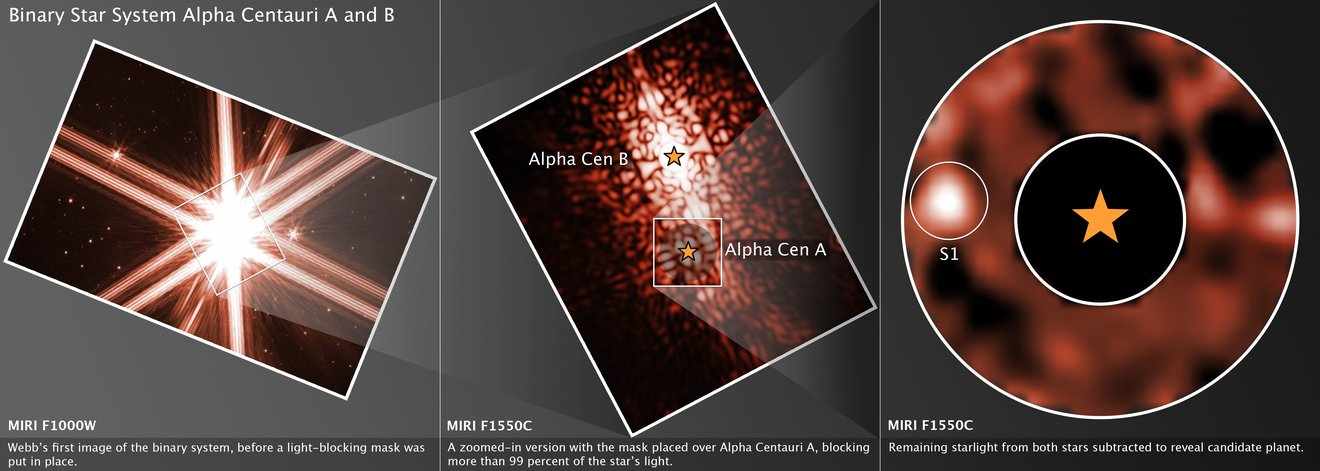
And when they did that, they found a "single point-like source" of light there, over 10,000 times less bright than Alpha Centauri A. That's the exoplanet, christened for now as "S1" and waiting to be explored further. After all, the astronomers wrote in their paper: "A confirmation of the S1 candidate as a gas giant planet ... would present an exciting new opportunity for exoplanet research. [It] would be the nearest, coldest, oldest, shortest period, and lowest mass planet imaged in orbit around a solar-type star, to date. Its extremely cold temperature would make it more analogous to our own gas giant planets."
So it's 40 trillion km away, and these intrepid scientists found it by effectively holding up a piece of cardboard. Time to rev up that Bullet, I say.
***
(Photos from NASA’s Webb Finds New Evidence for Planet Around Closest Solar Twin.)



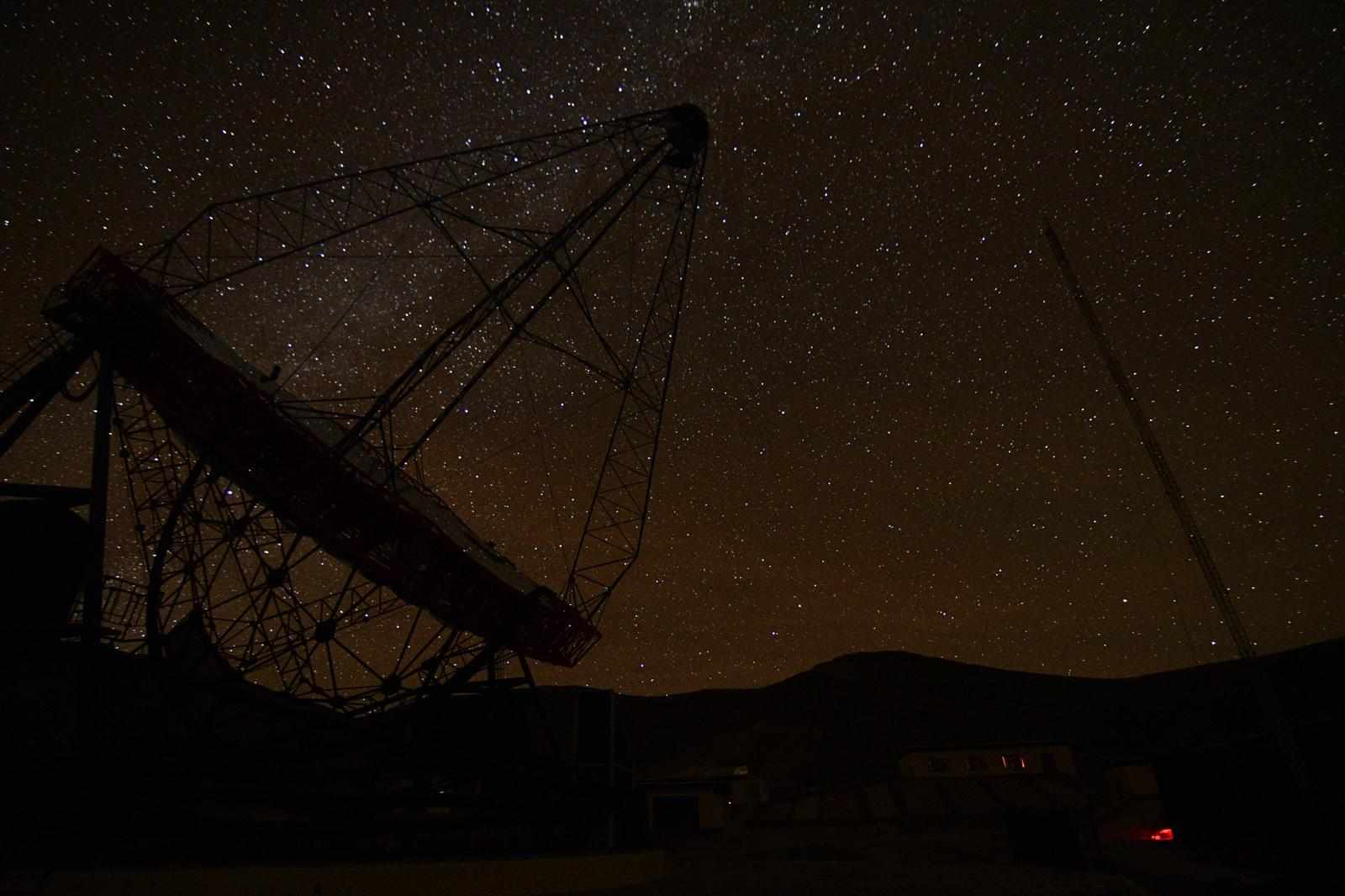



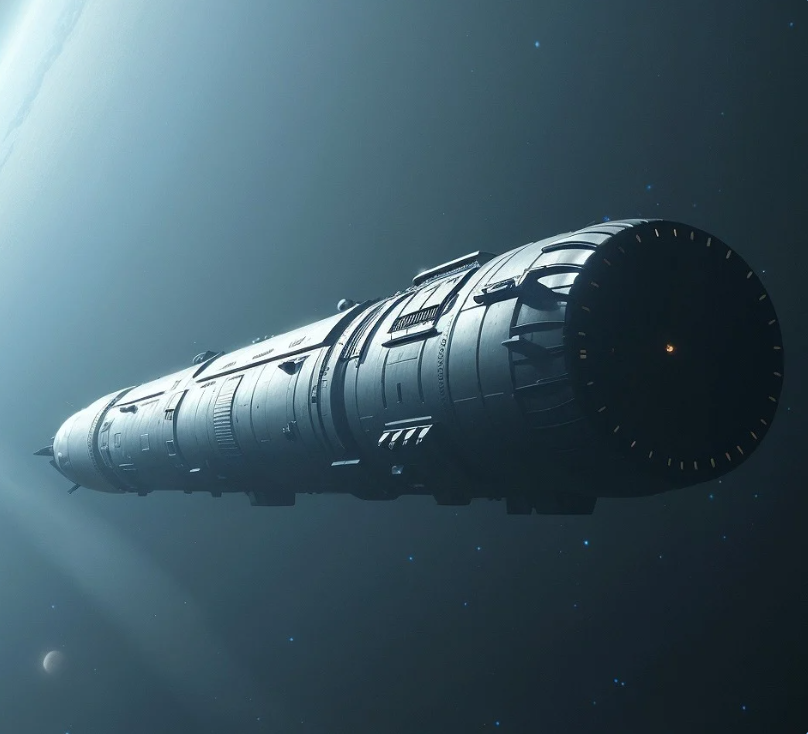
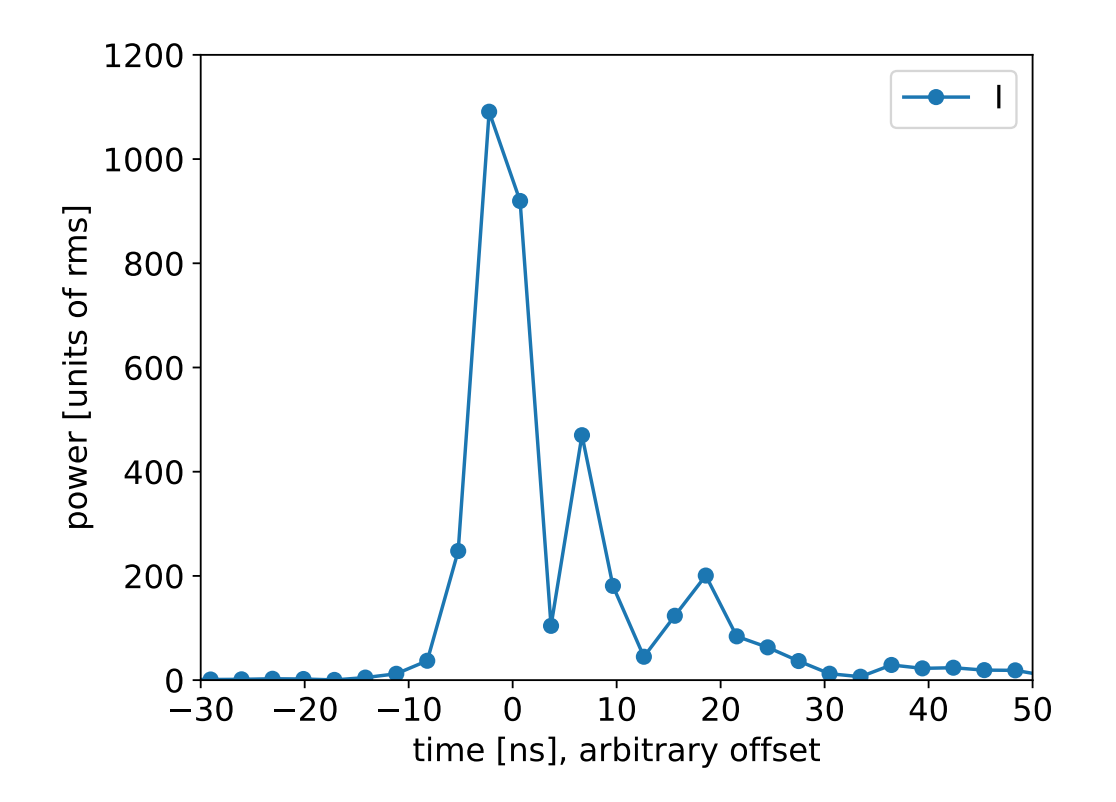






Write a comment ...